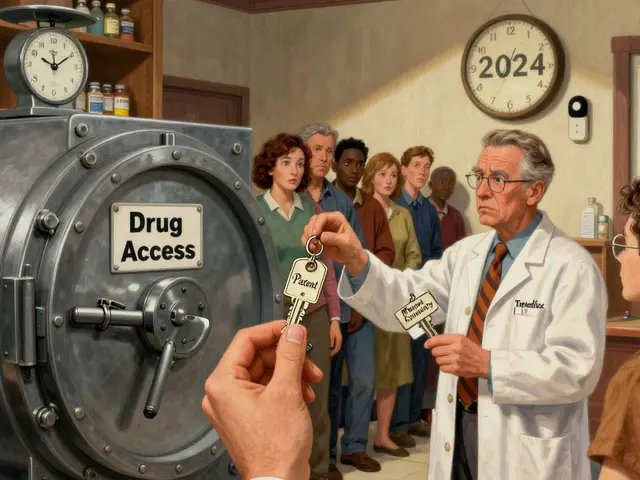Onychomycosis Solutions: How to Manage and Treat Nail Fungus Effectively
Nail fungal infection, medically known as onychomycosis, isn't just annoying—it can affect your nails' appearance and sometimes cause pain if left unchecked. If you're dealing with thick, discolored, or brittle nails, understanding your treatment options is a must. This guide lays out practical ways to tackle onychomycosis and get your nails healthy again.
What Causes Onychomycosis and Why Treatment Matters
Onychomycosis happens when fungi invade the tiny grooves in and underneath your nails. It’s common in toenails because they tend to stay warm and moist—perfect spots for fungi to thrive. The fungus makes nails thick, crumbly, and yellowish or white. Without treatment, it can spread to other nails or even nearby skin, making it harder to fix later. Plus, ugly nails may shake your confidence, so dealing with this early pays off.
Treatments aren’t just about looks. They prevent pain and stop the infection from worsening. Left untreated, severe infections could cause nail loss or lead to more serious foot issues, especially if you have other conditions like diabetes.
Effective Onychomycosis Treatments You Can Try
There’s no one-size-fits-all cure, but several options work well depending on infection severity and your health:
- Topical antifungal treatments: Creams, lacquers, or medicated nail polishes can be applied directly. These work best for mild to moderate infections. It requires patience though, as nails grow slowly and treatment can take months.
- Oral antifungal medications: Pills prescribed by your doctor tend to be more effective, especially for stubborn cases. Common drugs include terbinafine and itraconazole. They work from inside out but may cause side effects, so medical supervision is important.
- Laser therapy: A newer approach where lasers target fungal cells. Some people find it helpful, but it may require multiple sessions and isn’t always covered by insurance.
- Proper nail care and hygiene: Keeping nails trimmed, clean, and dry supports any treatment and helps stop reinfection. Changing socks regularly and avoiding tight shoes can make a difference.
Onychomycosis treatment is a marathon, not a sprint. Expect consistent care and follow-up visits if needed. Also, avoid using expired or non-prescribed products to keep your treatment safe and effective.
By tackling onychomycosis with the right strategies, you can get back to showing off healthy nails comfortably. If unsure, chatting with a healthcare professional is the smartest first step to pick a solution that fits you best.
Explore 10 Alternatives to Terbinafine in 2025
In 2025, the hunt for terbinafine alternatives is on the rise, with innovative options emerging in antifungal treatments. Oteseconazole, a promising name in ongoing trials, offers a new mechanism of action. While some options show promising results, challenges like approval status and availability still linger. This article dives into the potential and limitations of each alternative, providing a comprehensive view of what's available in the market.
Read





